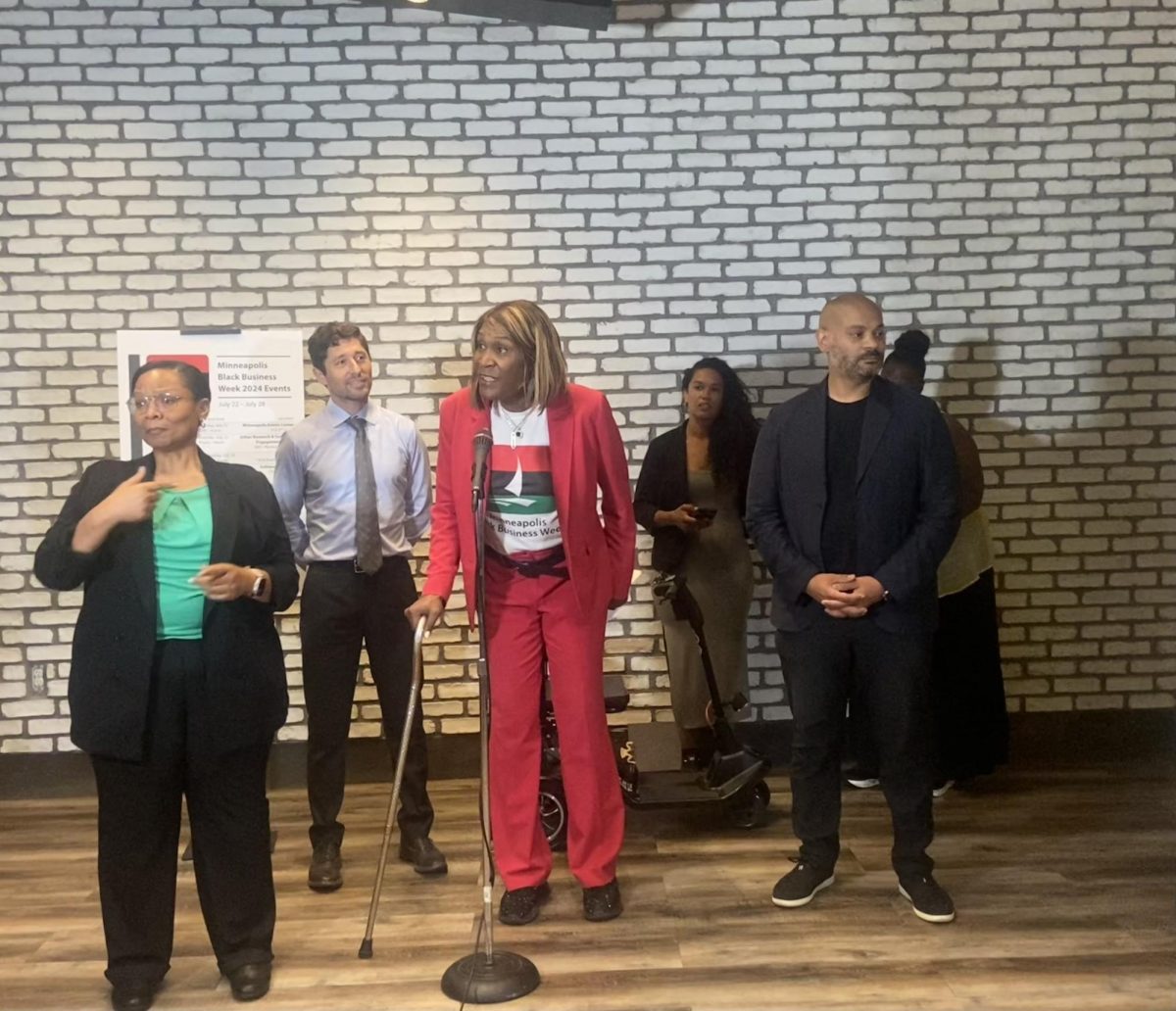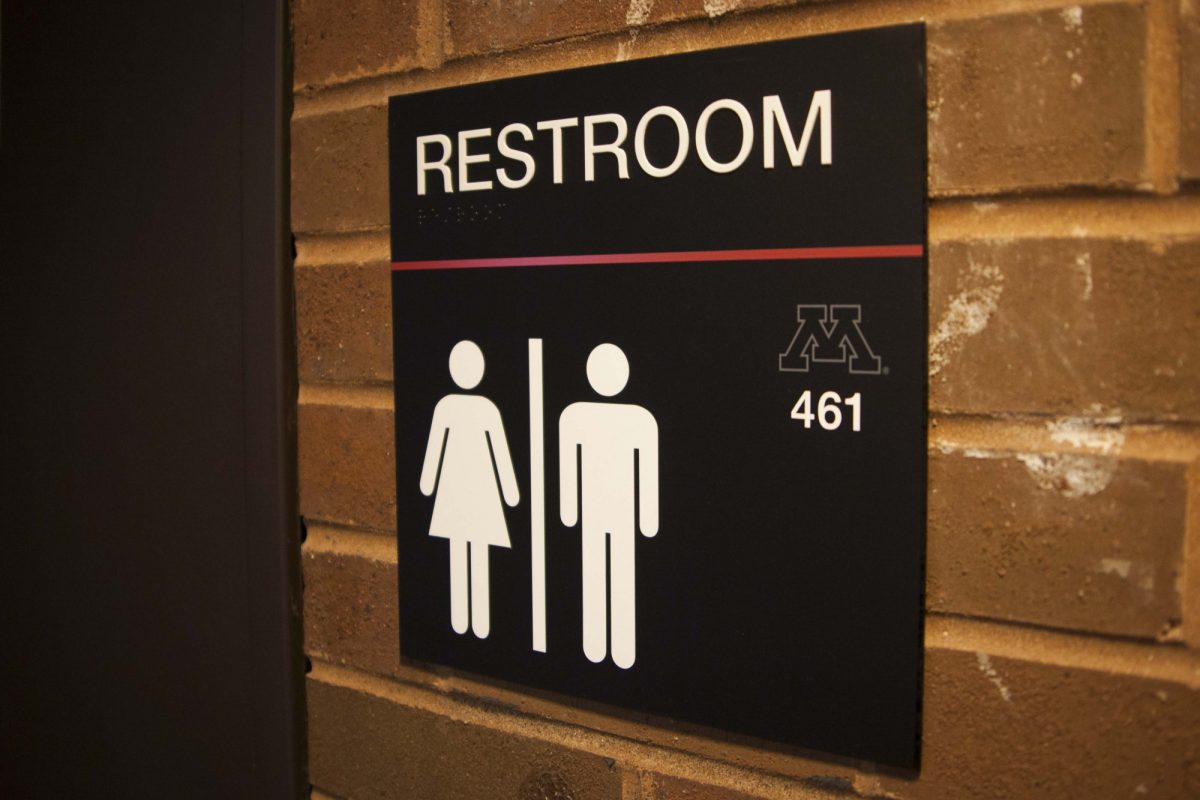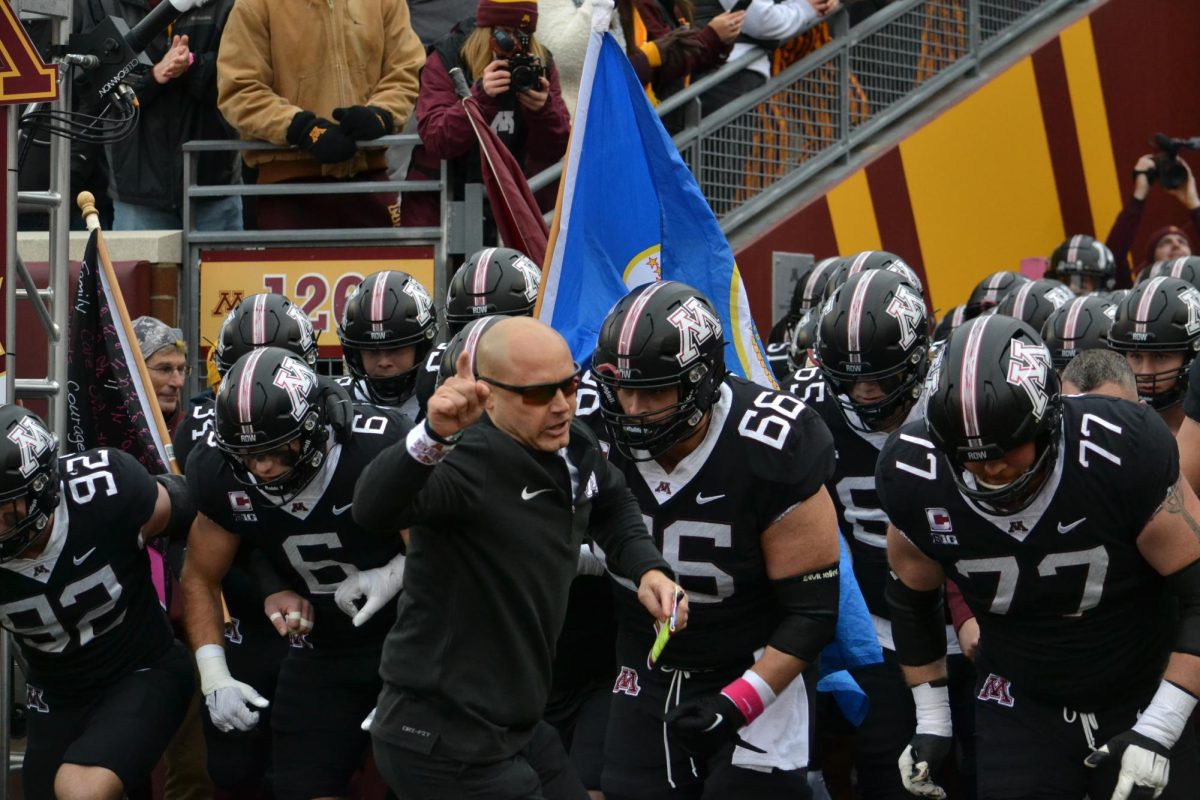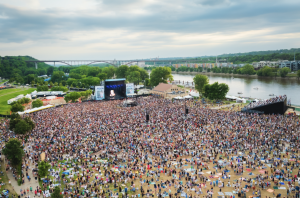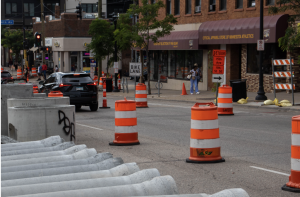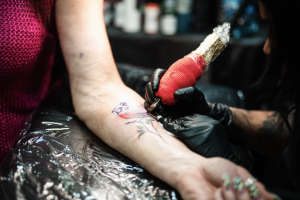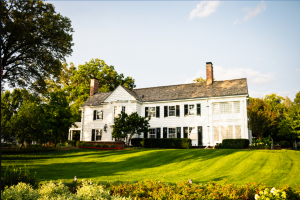Dinkytown residents awoke Wednesday morning to the sound of chainsaws cutting down some area trees that had sported an orange âÄúXâÄù for the past two weeks. The Minneapolis Park and Recreation Board is starting to remove 42 15- to 35-year-old Dinkytown trees that have died because of last yearâÄôs harsh winter and already poor growing conditions. The board is financing the $28,000 project. Park board members started monitoring the trees last spring when they realized they hadnâÄôt bloomed. Gary Myhre, the boardâÄôs district forester, said when the treesâÄô health didnâÄôt improve during the summer months, the board decided to cut them down in the spring. Normally when a tree dies, the city removes it in the fall, but Park Board member Philip Potyondy said the Dinkytown trees were kept through the winter so the neighborhood could keep its signature tree lights for the winter season. The lighting also added to the sense of safety in the area. âÄúLighting has a longstanding relationship with Dinkytown, and we recognized that,âÄù said project manager Andrew Carlson. Myhre said he expects the removal to be completed Saturday. The stumps will be removed in the next few weeks. Then, steel covers will be placed over the sidewalk grates to prevent tripping hazards. The park board will oversee the planting of 46 new trees in May, but Jim Sanders, who represents WallyâÄôs Falafel and Hummus on the special services advisory board for Dinkytown, said he is concerned about how the smaller trees will fare near a college campus. âÄúSometimes people think theyâÄôre jungle gyms,âÄù he said, adding that people will sometimes rip branches off the trees. Natural Resources Science and Management research fellow Eric North led an investigation this fall to determine what led to the treesâÄô death. He looked at samples from the trunks and their locationsâÄô conditions to compare them to trees growing in traditional grass settings nearby. All the trees that died in the area were planted in sidewalk grates, he said. The majority of the trees are ginkgo, which generally grow well in MinnesotaâÄôs climate. Planted in sidewalk grates, these treesâÄô roots lie under concrete and lack insulation from snow, which would help them survive the winter. âÄúWe clear the sidewalk of snow, and thatâÄôs a benefit for the community, but when itâÄôs that cold, thereâÄôs an insulation issue there,âÄù Sanders said. A variety of tree species will replace the existing ginkgoes. Carlson said the city and park board are open to finding new ways to ensure the trees survive in the future.
Dying Dinkytown trees to come down
Image by Juliet Farmer
Keith Peterson cuts branches from a Dinkytown tree on Wednesday. The city is cutting down more than 30 of the nieghborhood’s trees that have died from high salt concentrations in the soil and a lack of watering.
Published April 9, 2015


